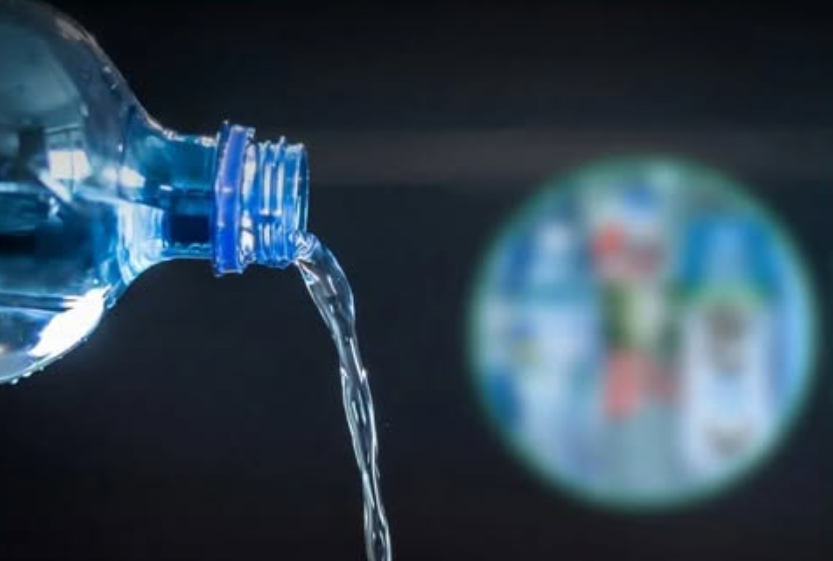In recent years, bottled water has emerged as a thriving sector in the United States, with countless individuals opting for it daily, believing it offers superior cleanliness, safety, and health benefits compared to tap water. Yet, mounting evidence indicates this belief may not always align with the facts. A recent study found that roughly 64% of bottled water in the U.S. originates from municipal supplies—the same water flowing through household faucets. While certain brands enhance their product with extra purification processes, others apply minimal alterations before bottling and selling it at a considerable premium. In some instances, bottled water has even been found to contain contaminants exceeding acceptable limits, prompting serious concerns about transparency, value, and consumer confidence.
Quality issues are far from theoretical. Brands like Walmart’s Sam’s Choice and Giant Food’s Acadia have encountered scrutiny for elevated contamination levels, occasionally surpassing California’s rigorous safety thresholds. For consumers who choose bottled water expecting unmatched purity, such revelations can feel deeply disappointing. Conversely, some companies prioritize accountability. Brands such as Gerber Pure, Nestlé Pure Life, and Penta Ultra-Purified Water have gained praise for openly sharing their water sources and purification techniques. By offering this clarity, they assure customers that their water undergoes processes like reverse osmosis, distillation, or advanced filtration before hitting store shelves.
Despite bottled water being promoted as the healthier choice, tap water in the United States often adheres to more stringent safety regulations. The Environmental Protection Agency (EPA) imposes robust federal standards on municipal water systems, mandating consistent testing, public disclosures, and prompt corrective actions when contaminants are detected. In contrast, bottled water falls under the Food and Drug Administration (FDA), which conducts less frequent testing and, in some cases, enforces less rigorous guidelines. Consequently, the water flowing directly from household taps may meet higher and more reliable safety standards than what’s found in plastic bottles.
Furthermore, research has revealed concerning findings in some bottled water samples. Studies have identified contaminants such as arsenic, bacteria, and microplastics. These discoveries underscore that packaging does not ensure purity. In fact, the plastic bottles themselves may contribute to contamination. Microplastic particles, potentially stemming from the bottle materials or bottling process, have been detected in numerous popular water brands, raising health concerns that researchers are still working to fully comprehend.
In addition to health considerations, the widespread use of bottled water carries significant environmental impacts. Producing plastic bottles demands substantial amounts of fossil fuels, and billions of discarded bottles accumulate in landfills or oceans annually. Even when recycling occurs, the process is often energy-intensive and inefficient. Opting for tap water, especially when paired with reusable bottles and home filtration systems, lowers both consumer expenses and the environmental impact of single-use plastics.
For consumers, the core insight is that bottled water does not always deliver the superior safety or value it claims. In many instances, tap water not only meets but surpasses safety standards, all at a fraction of the cost. For those concerned about potential contaminants, installing a home filtration system provides added peace of mind without the expense or waste associated with bottled options.
In summary, while bottled water remains a convenient choice, its safety and purity are not assured. With municipal water systems subject to stringent EPA oversight and growing awareness of the risks hidden in bottled water, tap water frequently proves to be the more reliable and eco-friendly option. By staying informed and making thoughtful choices, individuals can safeguard their health and the environment while avoiding unnecessary expenses.






